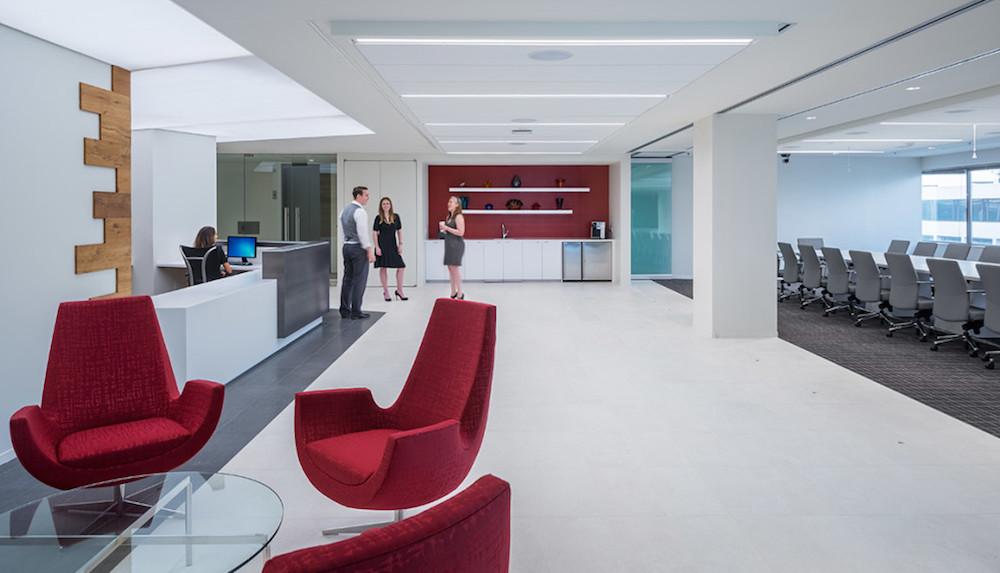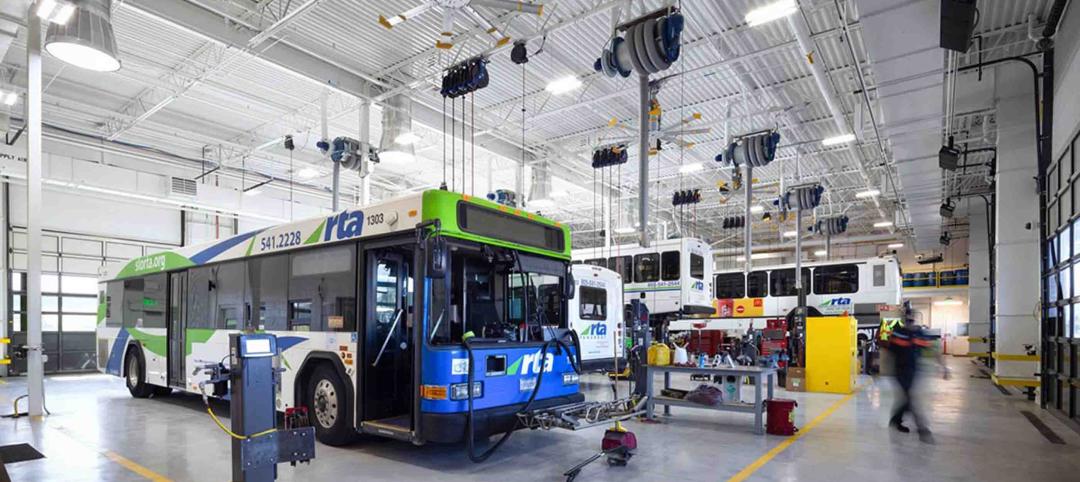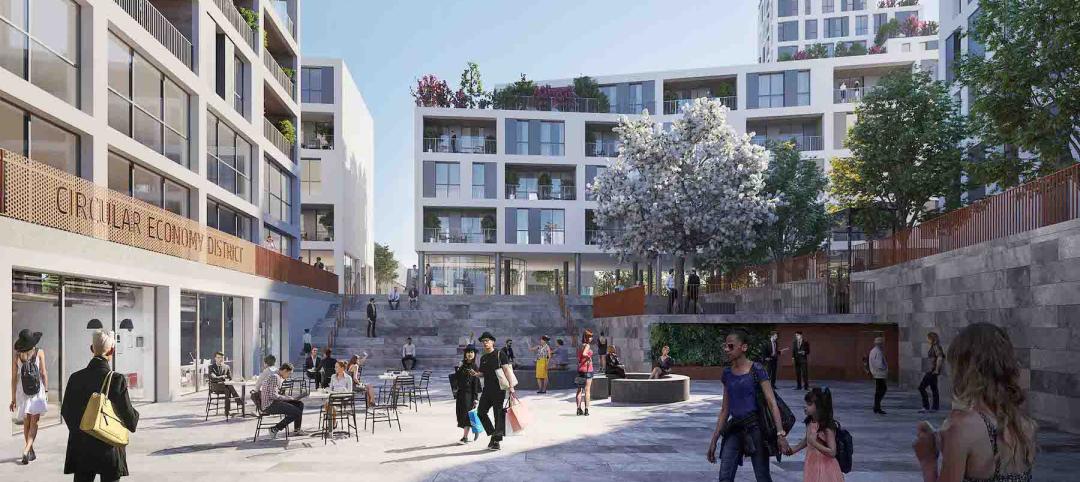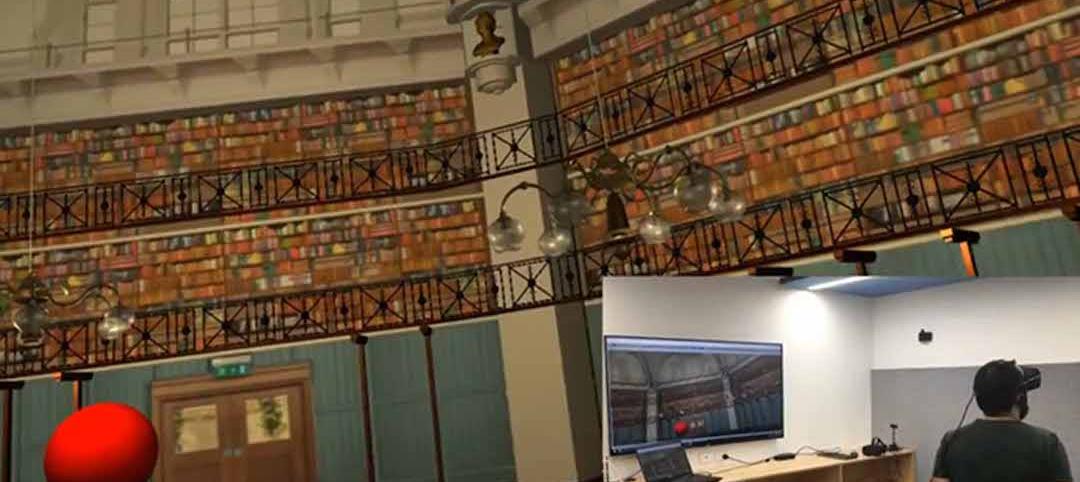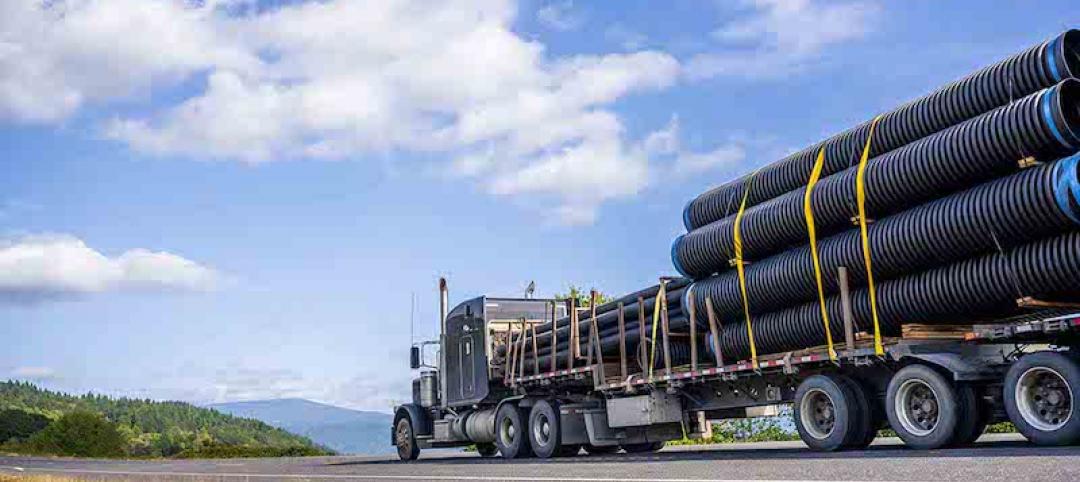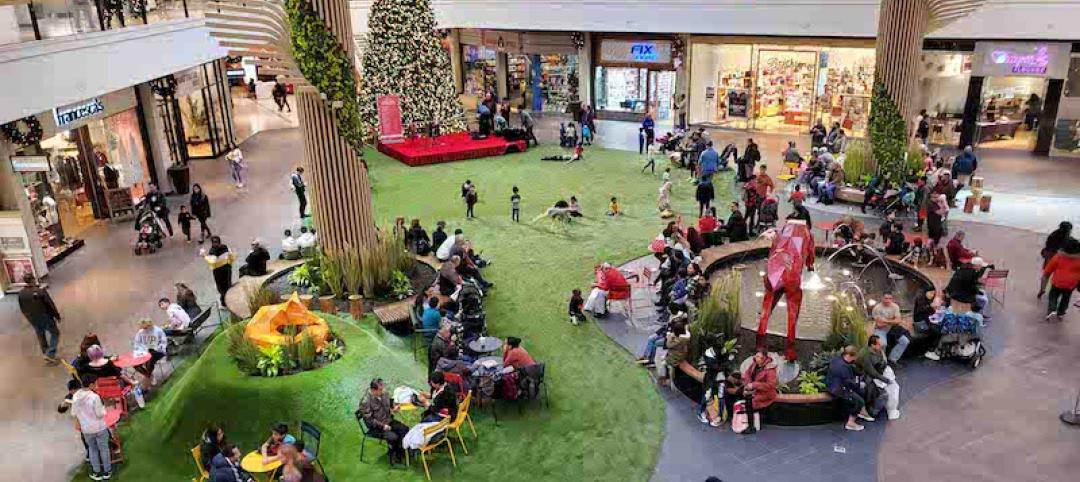Engagement may be a relatively new term, but we have been designing for engagement for decades. In the ‘90s, I worked on a project with a U.S. multinational that was seeing its talent vanish before its eyes. They were fleeing a ‘50s workplace culture and rigidly controlled assigned space for the wild west of the dotcoms with their bold, inspiring spaces and laidback attitudes toward dress. It took a year to convince the boardroom that drastic change was needed to retain talent. The new office, which included both architectural and cultural changes was a tremendous success.
Today, the challenges are a bit different. We’re looking for ways to increase engagement through a mix of spaces suited to employee’s desire for both privacy and connection.
Recent research shows that only 1/3 of employees are actively engaged and 37% are actively disengaged and unhappy. [Gallup reports only 11% of workers are engaged around the world.] There are a host of reasons for this, but often, it’s because they are working in a traditional workplace (often defined as a hierarchical workplace). In those environments, most employees have very little choice or control over how work is done and this results in higher dissatisfaction.
The difference lies in giving as many people as much choice and control over how they want to work as possible. Given choice, you experience control. Give people choice or control over the physical environment they work in and you increase engagement. This means that they can work in the café or a lounge, they have plenty of options from solo to group. I can work at my work station, I can go to the café. If I need a meeting, I have options to choose from. It really boils down to choice.
 Tech office
Tech office
There are three strategies to creating environments that promote workplace engagement.
Get the basics right
If it’s not a pleasant workplace in general (with design that considers the right natural light, temperature control, noise level, adjustable furniture and flexibility), it’s not going to work.
Provide choice
Give people a menu of places where they can do what they need to do and they’ll feel empowered.
Everyone that goes to work does four things each day: Focused work, Learning, Collaboration and Socializing. You need spaces purposefully built for each. These spaces aren’t accidental, they’re designed to maximize these activities. In the past, socialization was considered unproductive. Today, we’re seeing a spike in interest in collaboration and socialization. So you must have spaces for people to socialize in. Tools must be at hand to turn that social encounter into a productive one.
Traditionally, you did everything in one space. Those spaces were slightly larger than what we have now, but you did everything there. There was nowhere else to do it. Today, however, we know that no single space can perform all those functions. Choice, variety and connection have become more important.
Foster employee well-being
Traditionally, you were seen as unproductive if you didn’t sit at your desk. That culture continues to change. Organizations are realizing that workplaces should be active spaces. Giving people the option to sit, stand, walk, run enhances their physical, cognitive, and emotional well-being. In the office, we should be able to do all of these things every day.
Skillful design of these spaces creates a workplace that will increase the level of engagement. It’s not just about style, or making a pretty space. The substantive part of the design is creating choice, control and promotion of well-being all rolled into the solution. We can’t forget that all these amenities and spaces must be paid for and pay for themselves.
It’s not rocket science. It’s a change in attitude. Workers in emerging economies have a higher level of workplace engagement. There may be socio-economic factors that account for this, but they also tend to work in dense, open and less hierarchical spaces.
Give workers things that they want, empower them, make them comfortable and they will feel good—be happy and work harder. They will feel good about going to work. Everything falls into line.
NOTE: This is part one in a three-part series on engagement in the workplace. Read part two here. For more on engagement, download the new VOA Design Quarterly.
About the Author: Pablo is an Associate Principal at VOA with more than twenty years of experience working with Fortune 1000 clients. Throughout his experience, Pablo has developed state-of-the-art, alternative workspaces for clients including Google, Volkswagen, Choice Hotels, IBM, Coca-Cola, E*Trade Bank, Discovery Communications, and Booz & Company, among others. His design approach focuses on solving client’s problems, whether it’s reducing real estate costs, improving flexibility, or creating efficiencies. His work has been featured in several publications including Contract Magazine and Interior Design. Pablo actively participates in the development of the area’s design community by participating as a juror, exhibitor and curator in several design exhibitions in the area.
More from Author
Stantec | Apr 18, 2024
The next destination: Passive design airports
Today, we can design airports that are climate resilient, durable, long-lasting, and healthy for occupants—we can design airports using Passive House standards.
Stantec | Mar 18, 2024
A modular construction solution to the mental healthcare crisis
Maria Ionescu, Senior Medical Planner, Stantec, shares a tested solution for the overburdened emergency department: Modular hub-and-spoke design.
Stantec | Nov 20, 2023
8 strategies for multifamily passive house design projects
Stantec's Brett Lambert, Principal of Architecture and Passive House Certified Consultant, uses the Northland Newton Development project to guide designers with eight tips for designing multifamily passive house projects.
Stantec | Apr 10, 2023
Implementing human-centric design in operations and maintenance facilities
Stantec's Ryan Odell suggests using the human experience to advance OMSF design that puts a focus on wellness and efficiency.
Stantec | Jul 6, 2022
5 approaches to a net zero strategy that communities can start right now
Whether your community has started on a plan or is still considering net zero, now is the time for all of us to start seriously addressing climate change.
Stantec | Feb 14, 2022
5 steps to remake suburbs into green communities where people want to live, work, and play
Stantec's John Bachmann offers proven tactic for retrofitting communities for success in the post-COVID era.
Stantec | Feb 8, 2022
How gaming technology is changing the way we design for acoustics
Adding 3D sound from gaming engines to VR allows designers to represent accurate acoustic conditions to clients during design.
Stantec | Dec 15, 2021
EV is the bridge to transit’s AV revolution—and now is the time to start building it
Thinking holistically about a technology-enabled customer experience will make transit a mode of choice for more people.
Stantec | Sep 3, 2021
Passports to a net-zero carbon future
How materials passports can help designers achieve social value and net-zero carbon.
Stantec | Aug 25, 2021
The mall of the future: Less retail, more content
For the mall to survive, it will need to embrace nontraditional uses and “messy vitality.” Here’s how to do it.

